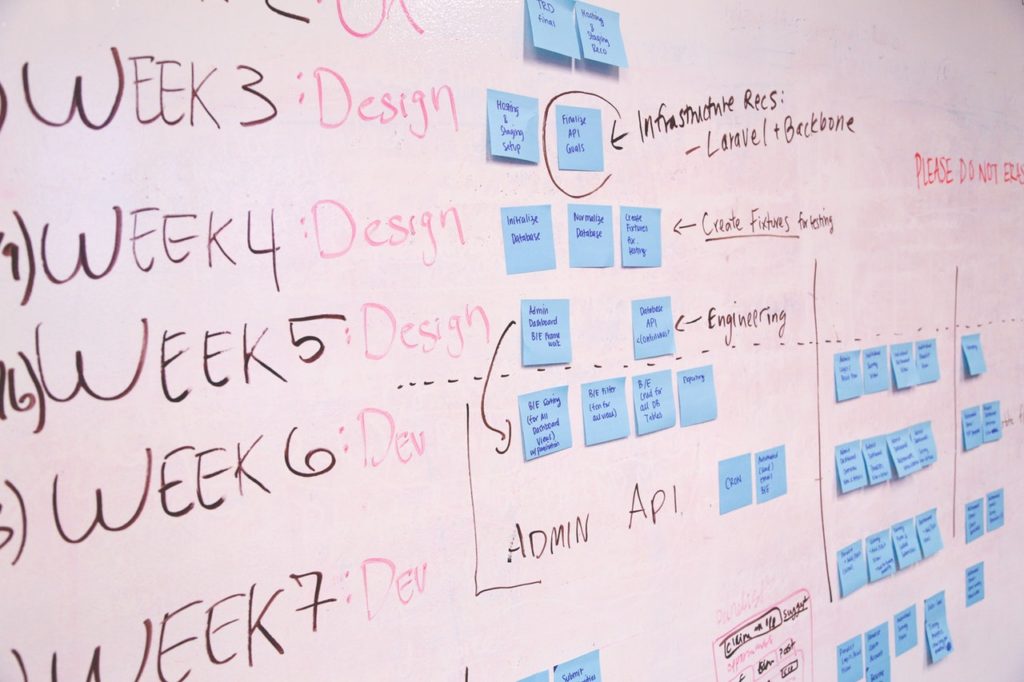Why Agile
Agile is the ability to move quickly and easily. According to the website
Agile In a Nutshell, it “is a time-boxed, iterative approach to software delivery that builds software incrementally from the start of the project, instead of trying to deliver it all at once near the end.”
Agile is preferred because of its flexibility and focus on continuous improvement and collaboration. Project management styles under Agile include Lean, Extreme Programming (XP), and Scrum. The philosophy behind Agile is that it focuses on people, products, collaboration, and flexibility. These philosophies are upheld by
12 agile principles that follow the
agile manifesto.
When using the Agile approach, there are many benefits to consider:
- Using Agile allows quick response to a customer’s ever-changing needs and business requirements through iterations.
- The workflow for Agile is simple and uncomplicated, making the process easier to adapt and customize.
- Transparency between team members and key stakeholders through constant and clear communication allows things to move smoother and faster.
- In Agile, you can prioritize essential features for a product over lesser important features allowing you to create a minimum viable product (MVP) that you can release in the market soon rather than later.
- With Agile, when you fail, you fail fast and continue moving forward with lessons learned by focusing on developing and deploying working software through short iterations.
- The amount of documentation you use in Agile is really up to you and the team or product’s needs. As long as it provides the necessary information for transparency, clarity, and transitioning, it will help manage the development.
Lean and Agile Project Management
Lean focuses on improving quality by eradicating waste. In the case of project management, a lot of waste could accumulate in a project, such as unproductive meetings, too much documentation, excessive planning and control, and more.
When a project is Lean, it focuses on what the customers and stakeholders identify as valuable based on outlining their objectives and requirements, outlining the steps necessary to develop the product, and making sure the flow is as smooth as it can be by identifying areas of waste to get rid of. This method also focuses on ensuring employees have a say and striving for continuous improvement.
Agile deals with moving fast but light. It focuses on providing working pieces of software in shorter spaces of time through iterations, which in turn helps minimize risk.
When Lean and Agile combine, they focus on delivering quality and efficiency through clear communication, flowing work, and strong teams committed to success.
Extreme Programming
Extreme Programming (XP) focuses on adaptability and the fact that ongoing changes to requirements for a project are natural. Adapting to these project changes through the life cycle is a better approach. The main aim of this approach is to lower the cost of change.
The values followed in this method include communication, feedback, courage, simplicity, and respect. The activities for XP are coding, testing, listening, and designing. The 12 practices in XP are pair programming, planning games, test-driven development, whole team, continuous integration, design improvement, minor releases, coding standard, collective code ownership, simple design, system metaphor, and sustainable pace.
Scrum

Scrum is considered the more popular Agile framework that is followed. It is meant to be simple and is used to complete complex projects by following a specific flow on how tasks are met for a project. Scrum usually starts with a product owner creating a product backlog, which is a prioritized wish list of tasks that need to be done for a project. Sprint planning is done to select which of the tasks from the backlog the team will work on. The team then works within 2 – 4 weeks in a Sprint. The team will hold daily Scrum meetings during the sprint that outline what the team accomplished, what they are working on, and any blocks impeding their progress so everyone remains on track.
By the end of the sprint, there should be working software that can be deployed. The team will also hold a sprint review to demonstrate what they did and obtain stakeholder feedback for the work. When a sprint is over, the project manager conducts a retrospective on the work process and focuses on successes and failures for the team to determine how they can improve in the next sprint.
The team then starts the cycle by selecting new tasks from the product backlog. This cycle continues until the team completes all the jobs in the backlog, eats up all the budget, or reaches the deadline.
Our Approach
At Grata Software, we use the Scrum framework of Agile management. Each project has product owners who define and prioritize the backlog of tasks with details for the development team. The team then goes through the cycle of sprint planning, sprints with daily scrums, sprint reviews, and sprint retrospectives. We value communication as an essential factor in project success, so we must communicate with key stakeholders regularly via their preferred communication methods. This informs them of how sprints are performing and progress on a project. We also keep small teams for projects to limit confusion and complexity in day-to-day processes. Contact us today for any of your technical needs.
References:
Agile Project Management For Dummies Cheat Sheet. (n.d.). Retrieved August 04, 2017, from
http://www.dummies.com/careers/project-management/agile-project-management-for-dummies-cheat-sheet/
McKay, V. (n.d.). What is Extreme Programming? (XP). Retrieved August 07, 2017, from
http://www.selectbs.com/process-maturity/what-is-extreme-programming
Pitagorsky, G. (2006). Agile and lean project management: the proper formality for your project. Retrieved August 07, 2017, from
https://www.pmi.org/learning/library/agile-lean-project-management-formality-7992
Scrum Alliance. (n.d.). Learn About Scrum. Retrieved August 07, 2017, from
https://www.scrumalliance.org/why-scrum
What is Agile? (n.d.). Retrieved August 07, 2017, from
http://www.agilenutshell.com/
Yashina, M. (n.d.). Adopting Agile for Maximum Impact and Velocity: Using Scrum as the Process Framework – First Line Software. Retrieved August 04, 2017, from
https://firstlinesoftware.com/who-we-are/agile-development
«Back to Blogs & Articles
 Scrum is considered the more popular Agile framework that is followed. It is meant to be simple and is used to complete complex projects by following a specific flow on how tasks are met for a project. Scrum usually starts with a product owner creating a product backlog, which is a prioritized wish list of tasks that need to be done for a project. Sprint planning is done to select which of the tasks from the backlog the team will work on. The team then works within 2 – 4 weeks in a Sprint. The team will hold daily Scrum meetings during the sprint that outline what the team accomplished, what they are working on, and any blocks impeding their progress so everyone remains on track.
By the end of the sprint, there should be working software that can be deployed. The team will also hold a sprint review to demonstrate what they did and obtain stakeholder feedback for the work. When a sprint is over, the project manager conducts a retrospective on the work process and focuses on successes and failures for the team to determine how they can improve in the next sprint.
The team then starts the cycle by selecting new tasks from the product backlog. This cycle continues until the team completes all the jobs in the backlog, eats up all the budget, or reaches the deadline.
Scrum is considered the more popular Agile framework that is followed. It is meant to be simple and is used to complete complex projects by following a specific flow on how tasks are met for a project. Scrum usually starts with a product owner creating a product backlog, which is a prioritized wish list of tasks that need to be done for a project. Sprint planning is done to select which of the tasks from the backlog the team will work on. The team then works within 2 – 4 weeks in a Sprint. The team will hold daily Scrum meetings during the sprint that outline what the team accomplished, what they are working on, and any blocks impeding their progress so everyone remains on track.
By the end of the sprint, there should be working software that can be deployed. The team will also hold a sprint review to demonstrate what they did and obtain stakeholder feedback for the work. When a sprint is over, the project manager conducts a retrospective on the work process and focuses on successes and failures for the team to determine how they can improve in the next sprint.
The team then starts the cycle by selecting new tasks from the product backlog. This cycle continues until the team completes all the jobs in the backlog, eats up all the budget, or reaches the deadline.

